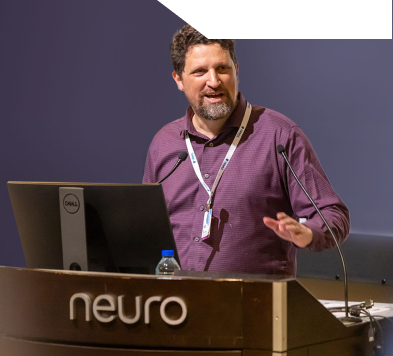EEFSEC deficiency: A selenopathy with early-onset neurodegeneration
Published in Am J Hum Genet 2025

NAP-Med Lab is using advanced genetic methods such as genome and exome sequencing, targeted sequencing, genome-wide association studies, RNA sequencing and more, and using advanced computational models and bioinformatic tools, we study the genetic and molecular basis of diseases such as Parkinson’s disease, REM sleep behavior disorder, dementia with Lewy-bodies, Alzheimer’s disease and others.
Meet the teamPublished in Am J Hum Genet 2025
Published in Nat Aging 2024
Published in Brain 2023
Published in Nature Communications 2023
Published in Brain 2023
Published in Nature Genetics 2021

Associate Professor, The Neuro (Montreal Neurological Institute-Hospital), Department of Neurology and Neurosurgery, Department of Human Genetics, McGill University
Dr. Gan-Or is a leading geneticist in the field of Parkinson’s disease and spearheads the world’s largest effort on RBD genomics. He is an expert on GBA1, with >50 publications on GBA1 and its genetics, function, and clinical aspects. He has been working with pharmaceutical companies on GBA1 and its modifiers as therapeutic targets for PD. He also serves on several scientific advisory boards to help facilitate precision medicine in PD treatment. At the Neuro, he is the co-director of the Clinical Research Unit (CRU), the director of the Neurodegenerative Disorders Research Group, and leads the Neurogenomics and Precision Medicine lab.
Learn more